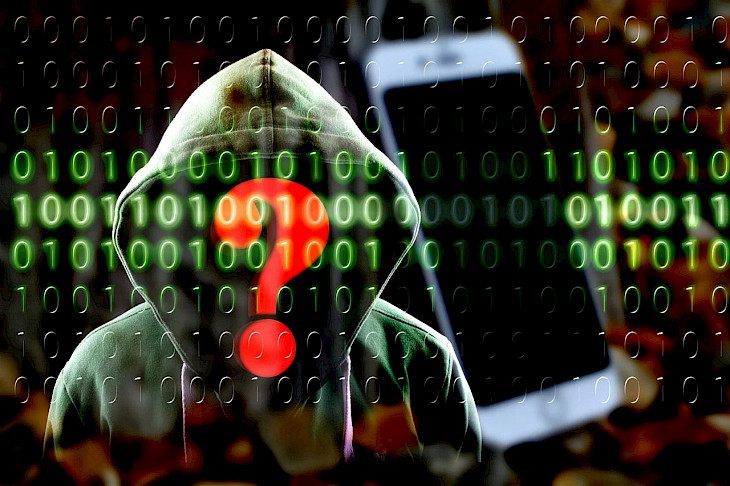
Pharming attacks are a serious cybersecurity issue that poses a risk to online users' safety. This blog post presents a comprehensive account of these attacks, detailing their workings and preventive measures.
Defining Pharming Attacks
Pharming is a sophisticated method of online fraud where cybercriminals manipulate internet users into visiting counterfeit websites. By exploiting DNS (Domain Name System) servers, these fraudsters divert users from legitimate websites to deceptive ones designed to steal sensitive information. Unlike phishing, which primarily relies on user error, pharming can affect unsuspecting users who input correct URLs.
How Pharming Attacks Work?
Cybercriminals implement pharming attacks in two principal ways: DNS cache poisoning and domain hijacking. In DNS cache poisoning, attackers corrupt the DNS server by replacing the IP address of an authentic website with that of a fraudulent one. Consequently, users are misdirected even when they input the correct URL.
On the other hand, domain hijacking involves stealing the domain name directly from the owners. By infiltrating the registrar account where the domain name is held, the attackers can redirect all traffic intended for that site to their deceptive alternative.
The Impacts of Pharming Attacks
Pharming attacks can have serious consequences for both individual users and organizations. For individuals, the loss of sensitive data such as banking information and personal identification details is a significant risk. Organizations, on the other hand, could suffer immense reputation damage, alongside financial loss from data theft or service disruption.
Identifying a Pharming Attack
Identifying a pharming attack can be dangerous due to its subtle nature. A key telltale sign is a sudden change in the website's design or inconsistent URL formatting. Users may also receive unanticipated prompts to input personal information.
Preventing Pharming Attacks
Preventing pharming attacks requires a combination of technical measures and user education. Implementing robust cybersecurity infrastructure, employing DNSSEC (Domain Name System Security Extensions), and secure protocols like HTTPS can protect organizations from pharming. Regular software updates and patches are also essential in ensuring system vulnerabilities are not exploited.
For individual users, being informed about the risks and preventive measures is crucial. It is critical to scrutinize website details carefully before inputting personal data. Checking for secure connections and correct URLs can help users avoid counterfeit websites.
Role of Internet Service Providers
Internet service providers (ISPs) have a critical role in preventing pharming attacks. By conducting regular checks of their DNS servers for unauthorized modifications, they can inhibit DNS cache poisoning attempts. ISPs also need to collaborate with organizations and provide security advisories to help them stay ahead of potential threats.
Post-Incident Measures
Despite the best precautions, pharming attacks may still occur. In such cases, swift action is crucial to minimize damage. Affected organizations should promptly inform users, authorities, and possibly ISPs about the breach. They must also conduct thorough investigations to identify vulnerabilities and implement stronger safeguards.
Understanding the Role of Cybersecurity Software
Cybersecurity software plays an essential role in preventing pharming attacks. These specialized tools can provide an added layer of protection for both individual users and organizations.
Advanced antivirus or anti-malware programs, for instance, can detect and quarantine harmful software that may be used in such attacks. They continuously monitor the system for unusual activity, providing real-time defense against potential threats.
Another crucial feature of many cybersecurity tools is the firewall, which acts as a barrier between the user's computer and potential threats on the internet. Firewalls monitor incoming and outgoing network traffic based on predetermined security rules, thereby preventing unauthorized access to or from the network.
Web filters are also effective tools to consider, as they can block users from accessing potentially harmful websites. These filters evaluate websites' security credentials and restrict access if they fail to meet certain safety standards.
Beyond these, using Virtual Private Networks (VPNs) can be a potent measure against pharming. VPNs encrypt online traffic, ensuring that sensitive data transmitted over the network remains secure. By hiding the IP address, they add an extra layer of privacy, making it harder for cybercriminals to target specific systems.
Awareness and Training: The Human Factor in Cybersecurity
While the above technical measures are essential, the human factor in cybersecurity cannot be overlooked. The role of awareness and training in preventing pharming attacks is crucial. In many cases, the weakest link in a security chain is not a technological one but the people using the technology.
Creating a cybersecurity-aware culture within organizations requires a two-pronged approach: education and policy enforcement. Employees need to be educated about the dangers of pharming attacks and how they occur. Regular training sessions can help employees recognize potential threats, understand the importance of adhering to security policies, and respond appropriately if they suspect an attack.
Besides regular employee training, organizations should also consider conducting simulated pharming attacks. These simulations can test employees' ability to identify and respond to such threats. They offer valuable insights into potential vulnerabilities and help organizations refine their security policies and protocols.
For individual users, being aware of potential cyber threats is equally essential. They should stay informed about the latest trends in cybercrime and cybersecurity. This includes understanding the typical signs of pharming attacks and knowing how to respond when they suspect an attack.
While technical defenses are crucial, the human element of cybersecurity is often a decisive factor. With adequate awareness and training, users and organizations can significantly improve their ability to prevent and respond to pharming attacks.
Conclusion
The risks posed by pharming attacks highlight the need for strong cybersecurity measures and a keen awareness on the part of both organizations and individual users. By understanding these attacks' workings and employing the right preventive strategies, we can create a safer digital environment free from the threat of pharming.
As we continue to confront cyber fraud, the risks associated with pharming attacks can be mitigated by staying informed and prepared, thereby ensuring the integrity and safety of our online interactions.





